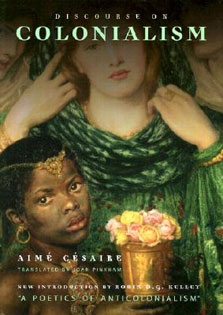"The latest thinking in Eastern Woodlands paleoethnobotany; a volume which belongs on the bookshelf of every archaeologist and paleoethnobotanist who is...
Read more
concerned with plants and culture in North America."--Deborah M. Pearsall, University of Missouri"The papers . . . provide succinct updates in a rapidly developing field [and] explore many facets of the cultural implications of plant remains, taking paleoethnobotanical interpretation in provocative new directions."--Gary W. Crawford, Erindale CollegeCombining broad chronological syntheses and regionally specific case studies, this volume presents up-to-date findings about plant use by prehistoric and early historic peoples who lived in the Eastern Woodlands of North America. The contributors stress that current depictions of the subsistence strategies, settlement patterns, and social relations of these earliest Americans need to be reformulated to accommodate our new understanding of both the importance of native crops and the variability in peoples' foodways. ContentsIntroduction, by C. Margaret ScarryThe Importance of Native Crops during the Late Archaic and Woodland Periods, by Richard A. YarnellThe Archaic Period and the Flotation Revolution, by Jefferson Chapman and Patty Jo WatsonEarly and Middle Woodland Period Paleoethnobotany, by Gayle J. FritzFarmers of the Late Woodland, by Sissel JohannessenVariability in Mississippian Crop Production Strategies, by C. Margaret ScarryNew Methods for Studying the Origins of New World Domesticates: The Squash Example, by Deena S. Decker-WaltersReanalysis of Seed Crops from Emge: New Implications for Late Woodland Subsistence-Settlement Systems, by Sandra L. DunavanPlants and People: Cultural, Biological, and Ecological Responses to Wood Exploitation, by Lee A. NewsomCultural Change and Subsistence: The Middle Woodland and Late Woodland Transition in the Mid-Ohio Valley, by Dee Anne WymerAgricultural Risk and the Development of the Moundville Chiefdom, by C. Margaret ScarryFood, Dishes, and Society in the Mississippi Valley, by Sissel JohannessenWood Overexploitation and the Collapse of Cahokia, by Neal H. Lopinot and William I. WoodsClimate, Culture, and Oneota Subsistence in Central Illinois, by Frances B. KingOld Customs and Traditions in New Terrain: Sixteenth- andSeventeenth-Century Archaeobotanical Data from La Florida, by Donna L. RuhlC. Margaret Scarry is staff archaeologist at the Program for Cultural Resource Assessment at the University of Kentucky and coauthor of Reconstructing Historic Subsistence: With an Example from Sixteenth-Century Spanish Florida.
Hide more




